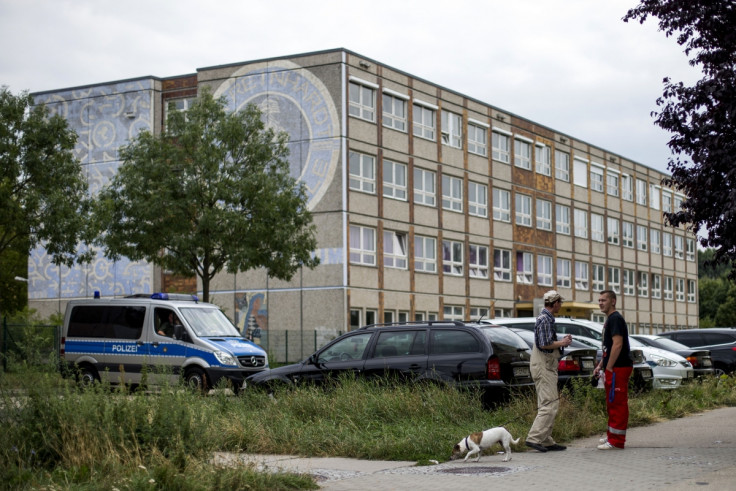Germany: Asylum Seeker Applications Hit 14 year High

Germany saw a sharp 64% spike in the number of people seeking asylum in the country during 2013, taking it to a 14-year-high.
Just 14% of the more than 127,000 applications were approved, said Germany's interior ministry. Most of the applications came from Serbia, Russia, Syria, Macedonia, Afghanistan, Bosnia, Kosovo, Iran, Pakistan and Iraq. During the same year, net immigration to Germany hit a 20 year peak.
"Compared with other EU member states, Germany had by far the highest number of asylum-seekers in 2013," German Interior Minister Thomas de Maiziere said.
Tensions have been rising in Germany over the issue. A protest camp with around 200 asylum seekers was set up at the end of 2012 in Oranienplatz, a square in German capital Berlin.
They were demonstrating against the German system's inability to cope with the influx, leaving many asylum seekers unhoused and in bureaucratic limbo as shelters filled up.
"If I want to create a shelter for refugees, it takes a half year, a year, or more, just like with any construction project," Franz Allert, head of the Berlin city-state authority responsible for asylum seekers, told German newspaper Der Spiegel.
"It doesn't go faster ... just because they are asylum seeker shelters."
In November, thousands of protesters staged a pro-refugee rally in a German village in response to earlier action by the far-right National Democratic Party (NDP).
Around 2,000 people marched through Schneeberg in east Germany in a show of support for asylum seekers after right-wing extremists protested against a proposed reception centre for refugees in the village.
After Germany, France is the second most popular destination for asylum seekers heading to the EU.
In all the world, the US receives the most asylum applications, followed by Germany and then South Africa.
According to the United Nations, there are 15.4 million refugees across the world. Most of these – 80% – are in developing countries. Of all refugees, 46% are aged under 18.
© Copyright IBTimes 2025. All rights reserved.






















